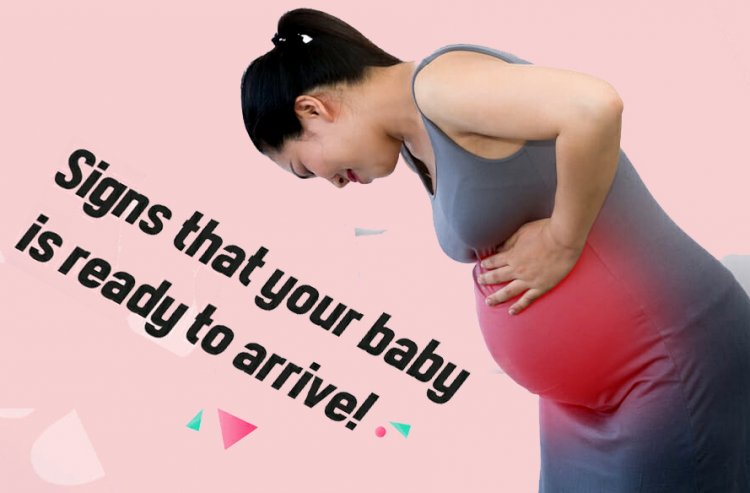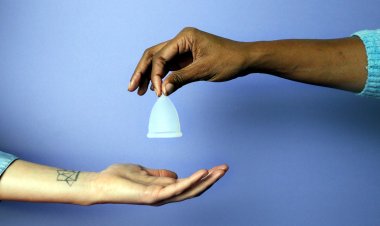Signs of Labor
Each labor and birth is unique and you will find a wide variety of rich experiences. You can't predict exactly how and when your labor will start, but here are some symptoms to watch out for.

Show:
It is the secretion of the mucus plug (operculum) which closes the opening of the cervix. It may be a pinkish jelly drop, Or it can be a series of small pieces; The color may be more red than pink. The plug 'falls out' as the cervix begins to dilate and soften, but this does not mean that something is about to happen. This can mean that labor will begin anytime between a few hours to a few days.
Membrane rupture/discharge:
- The membranes, water sacs, or amniotic sacs, are filled with amniotic fluid that surrounds the baby. When the membranes burst, the amniotic fluid (called liqueur) comes out.
- This can happen as a sudden gush of fluid but is usually a gradual drip. If you find out that your water has burst, call your doctor or hospital and get their advice. They may ask you to come to the hospital because of the water breaks and there is a delay in the delivery of the baby, there is a possible risk of infection.
- There is also a danger if your baby's head is not attached to the pelvis, as water can also bring down the cord. This means that your baby could choke on it – and that could disrupt your baby's oxygen supply. For most of the women whose water breaks, their delivery is very normal, and soon after the water breaks.
Contraction:
Count them and measure their time. If contractions last for an hour or two and last more than 40 seconds and become more vigorous, they may be labor contractions.
Keep reading to know what is the contraction
The uterus is a complex network of muscle fibers. The fibers shrink and shorten to pull the cervix up and increase downward pressure on the uterus. At the peak of contraction, the muscle fibers are shortest... and then they relax and the contraction ends. However, with each contraction, the muscles remain slightly smaller than before. This would open up the cervix a little more than prerequisites
and the baby moves down a little further. Contractions can be painful. They feel like a gradual tightening of your stomach - if you've ever had period pain (which is also a contraction of the uterus), it's a bit like that. Some women feel them on the back or on the thighs.

 mybabycare
mybabycare 















